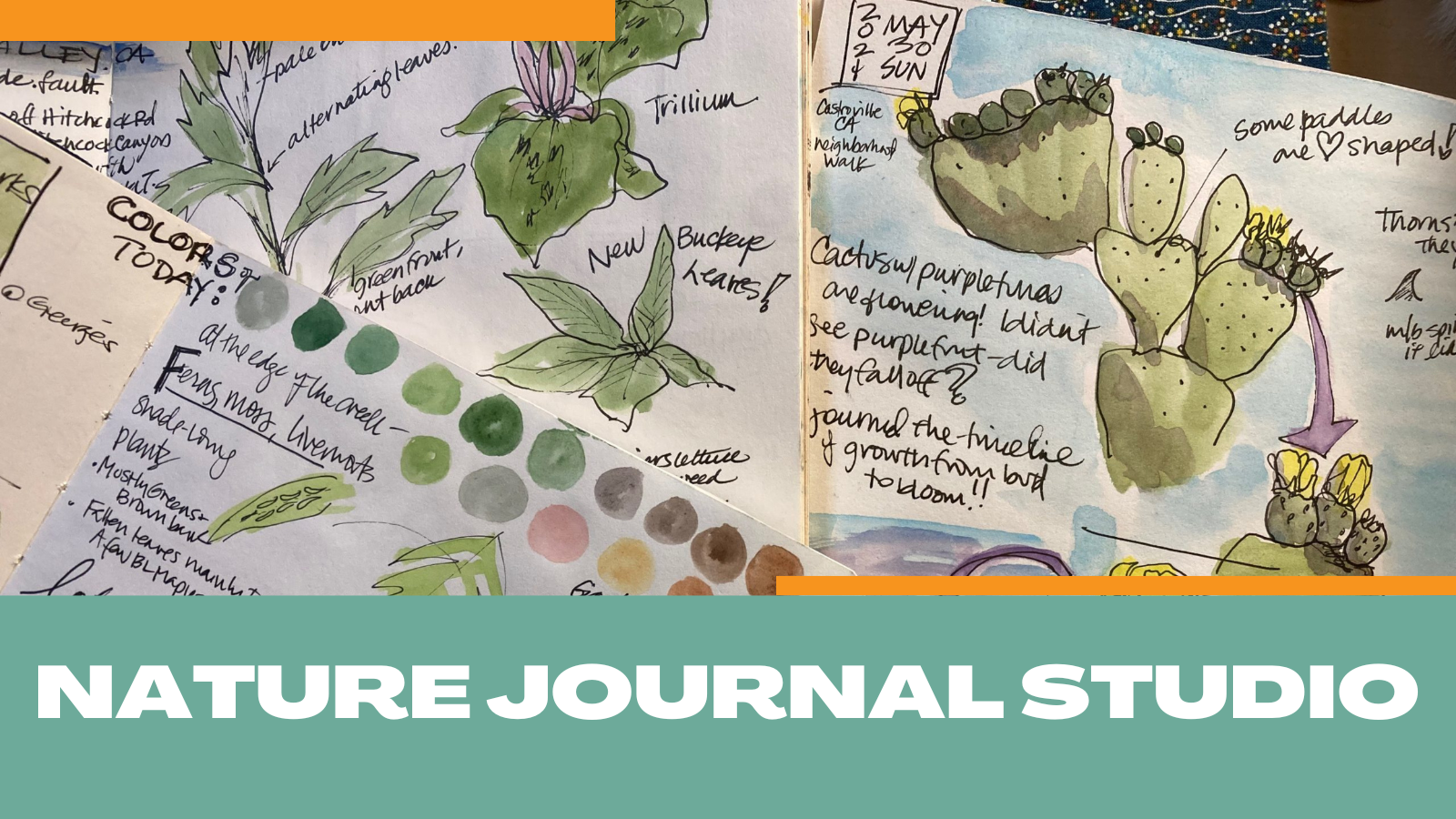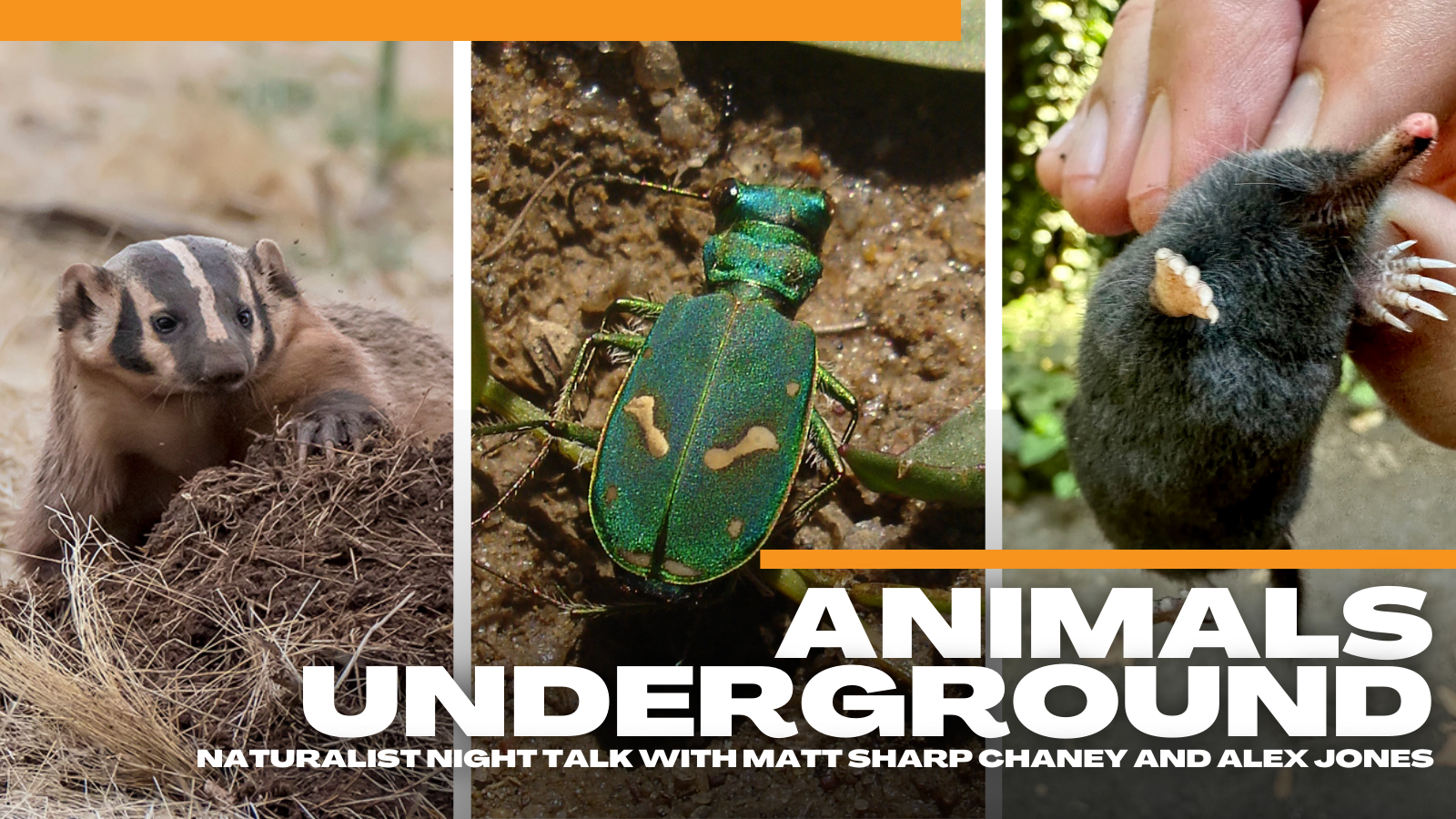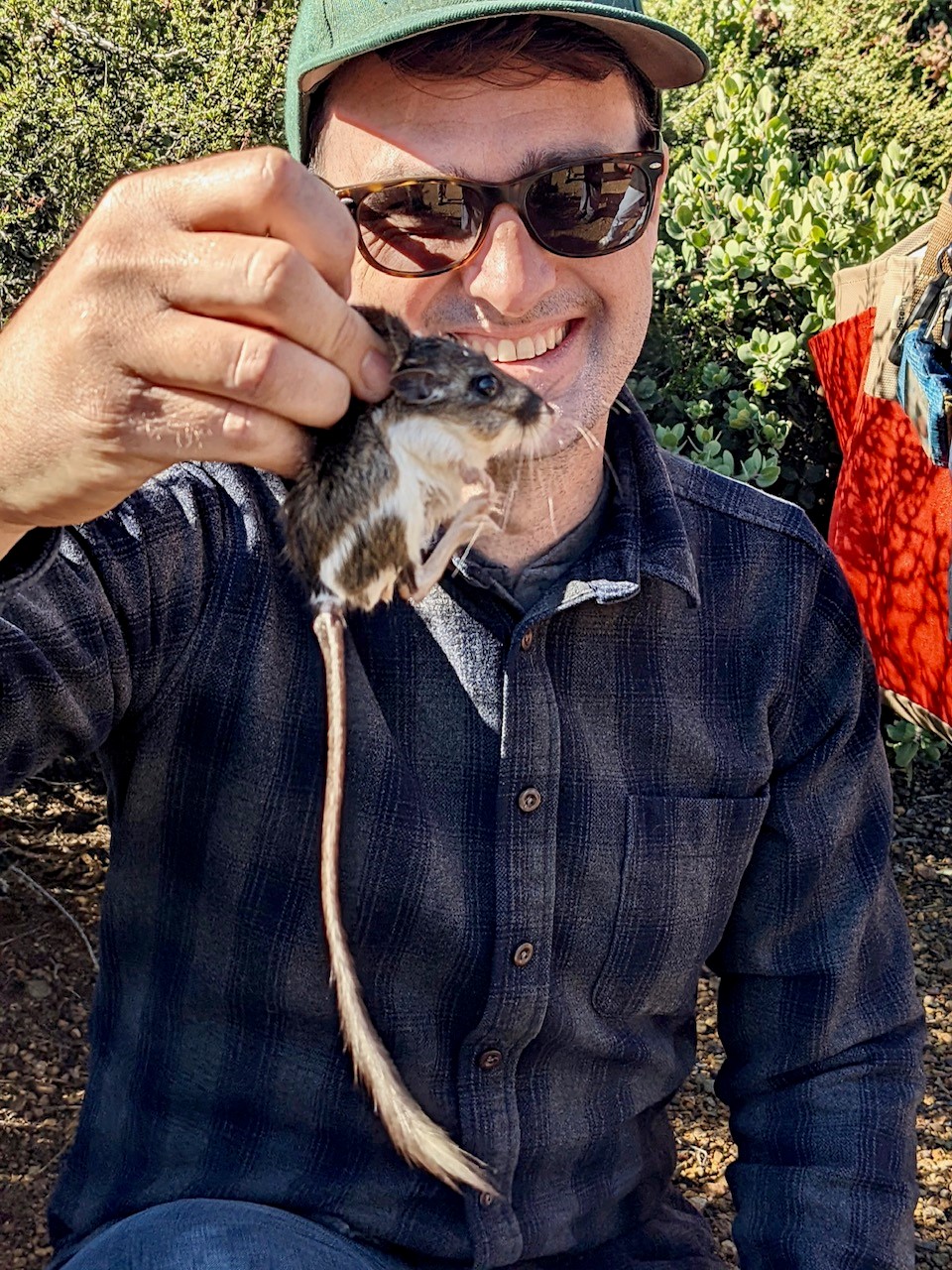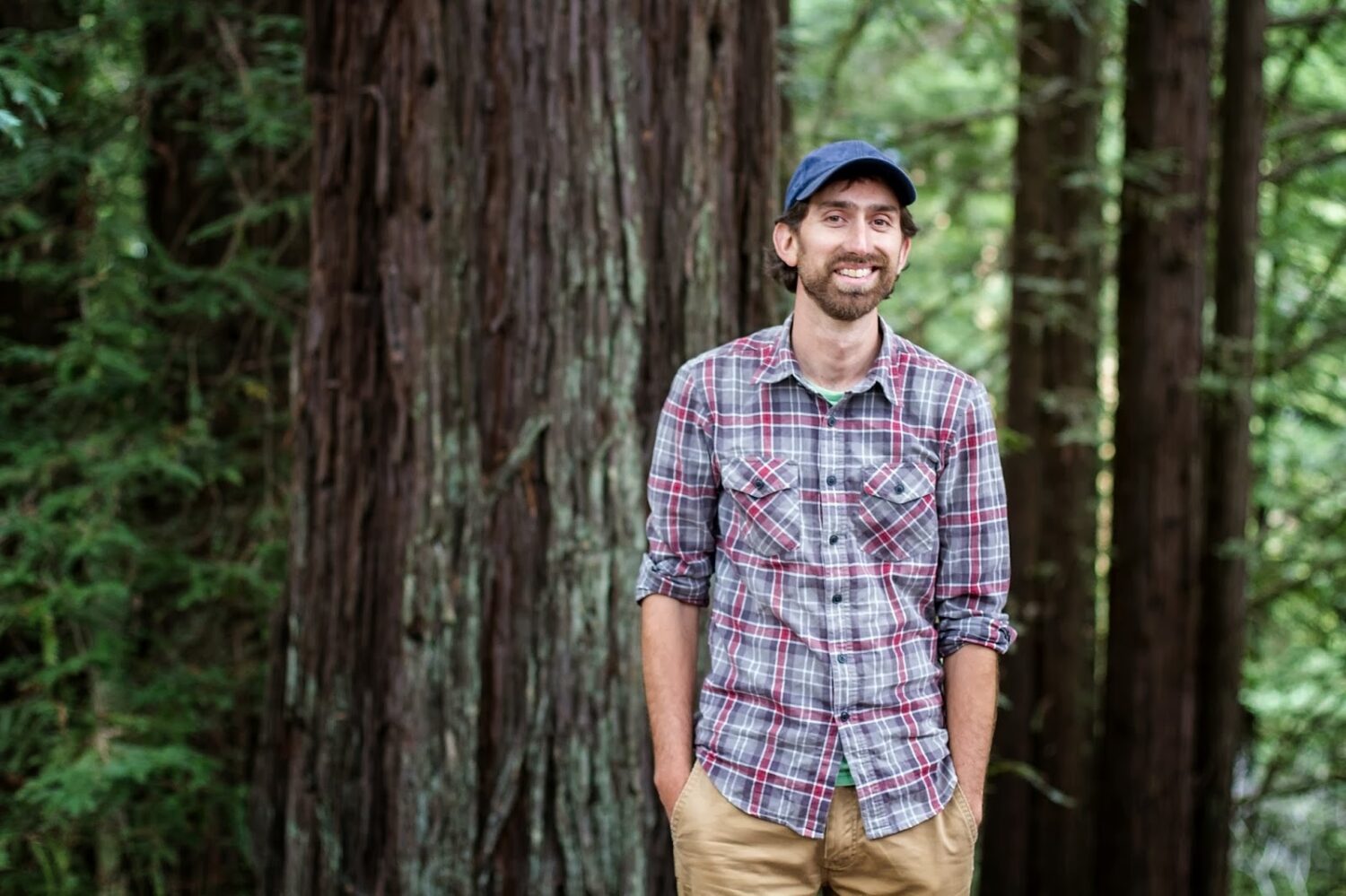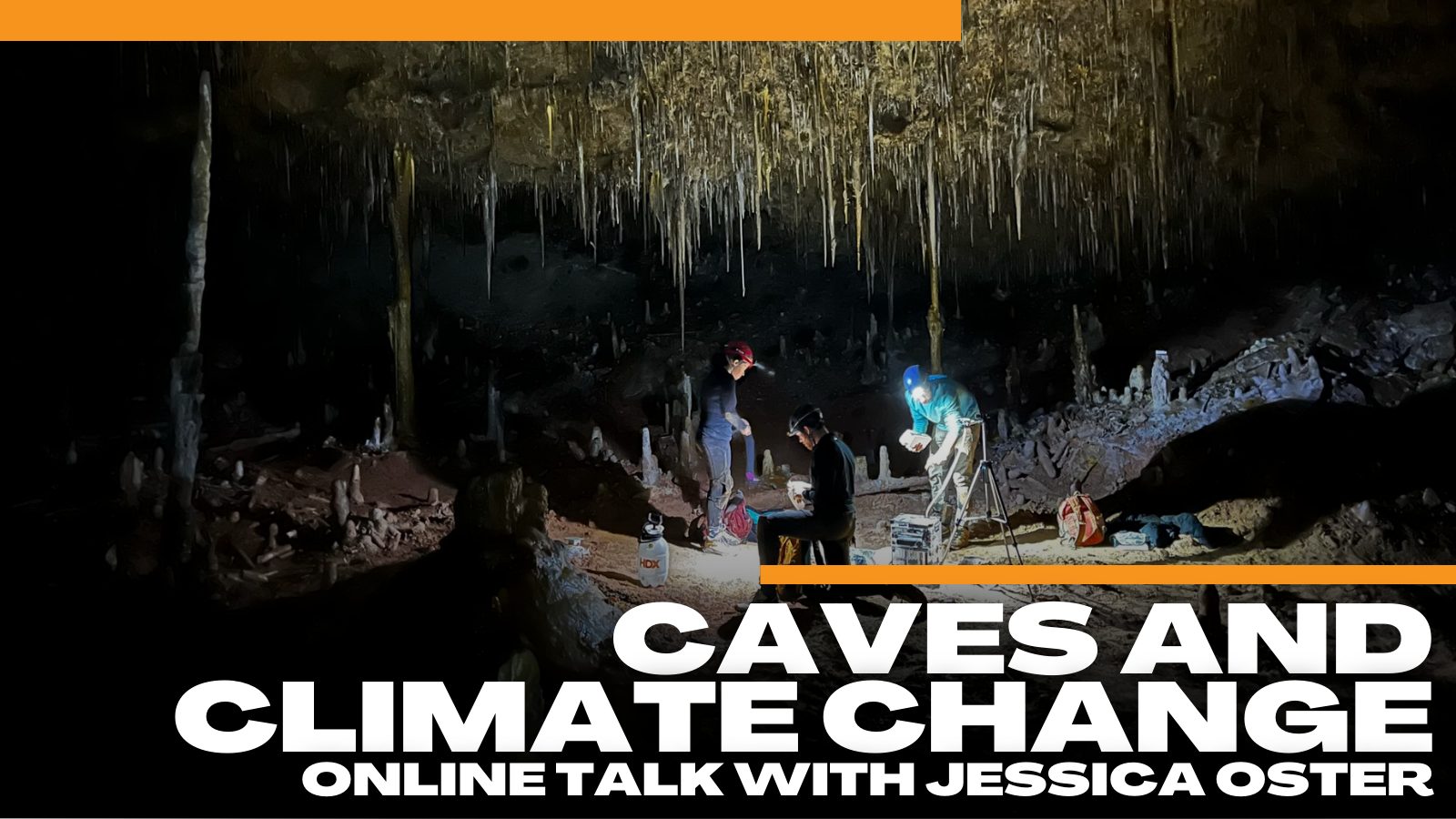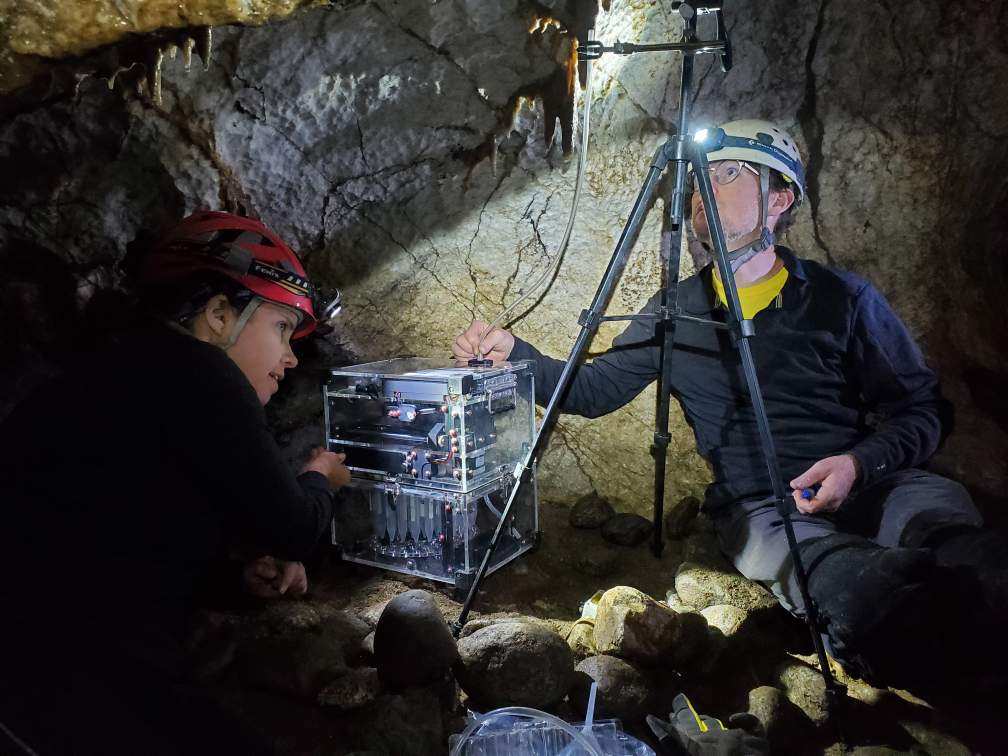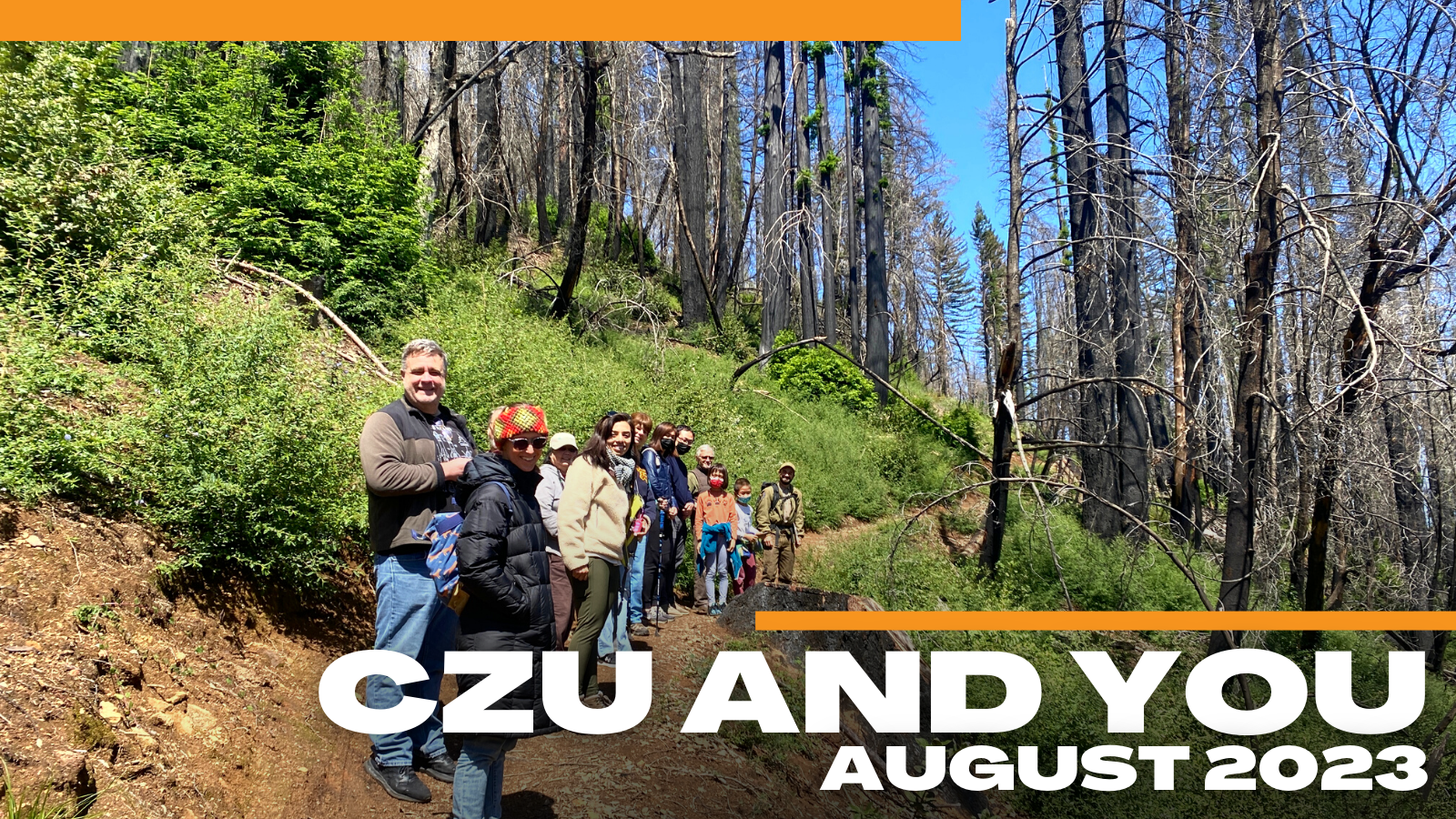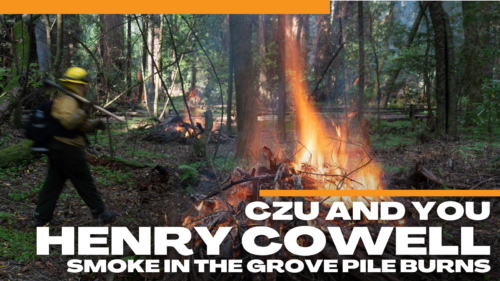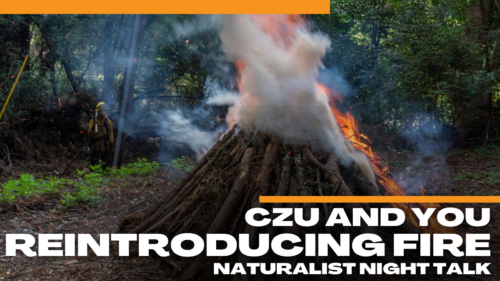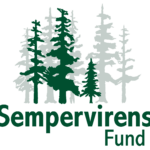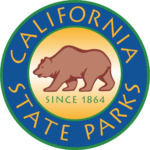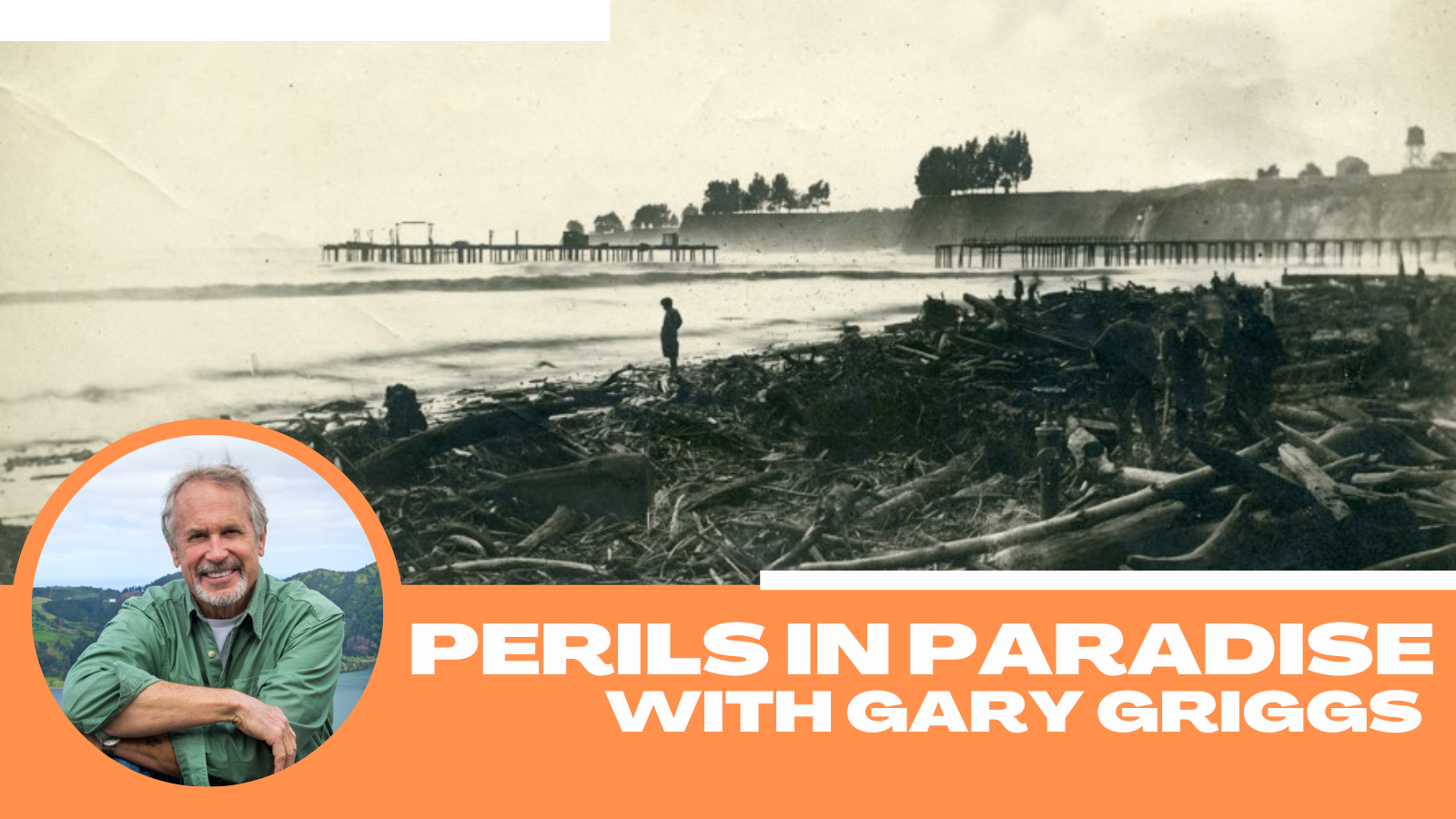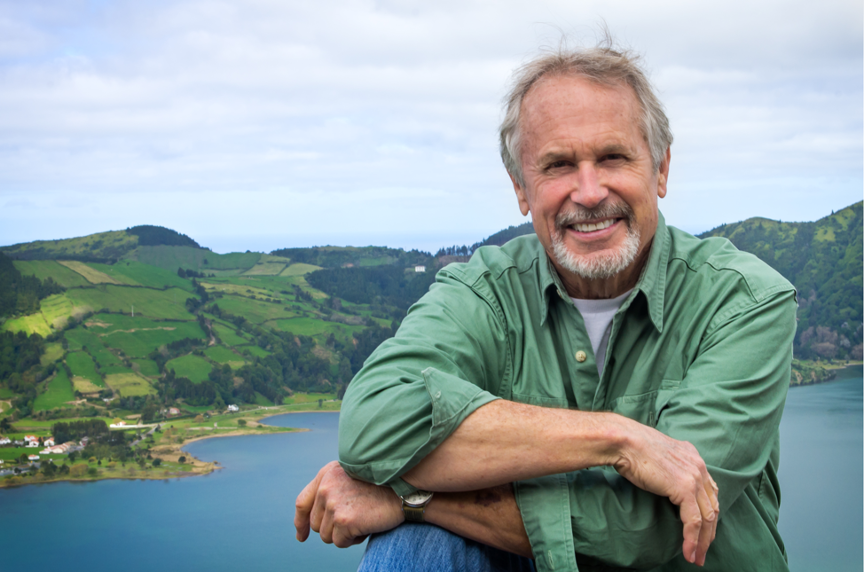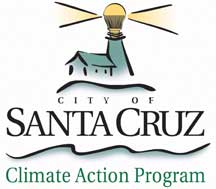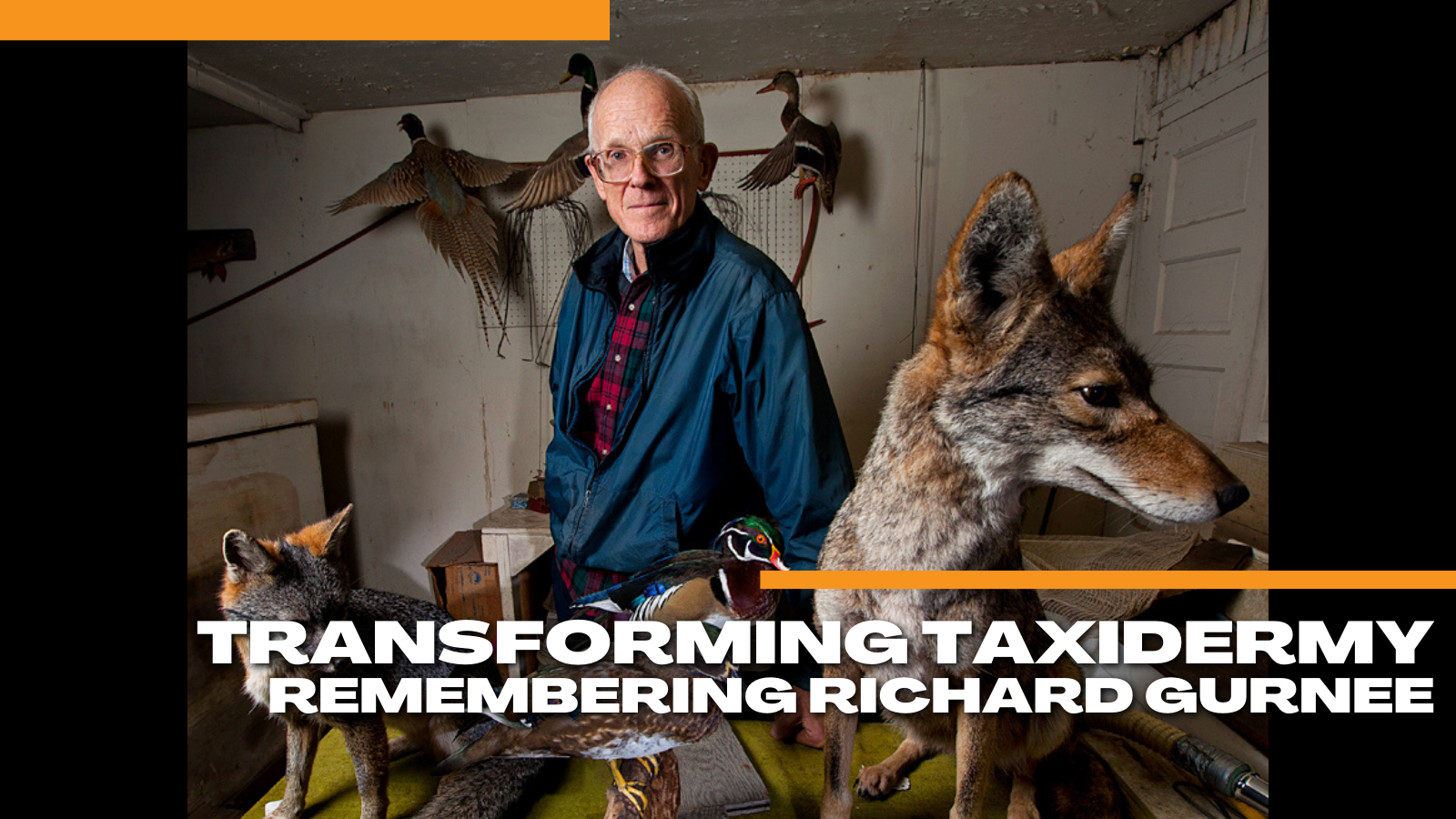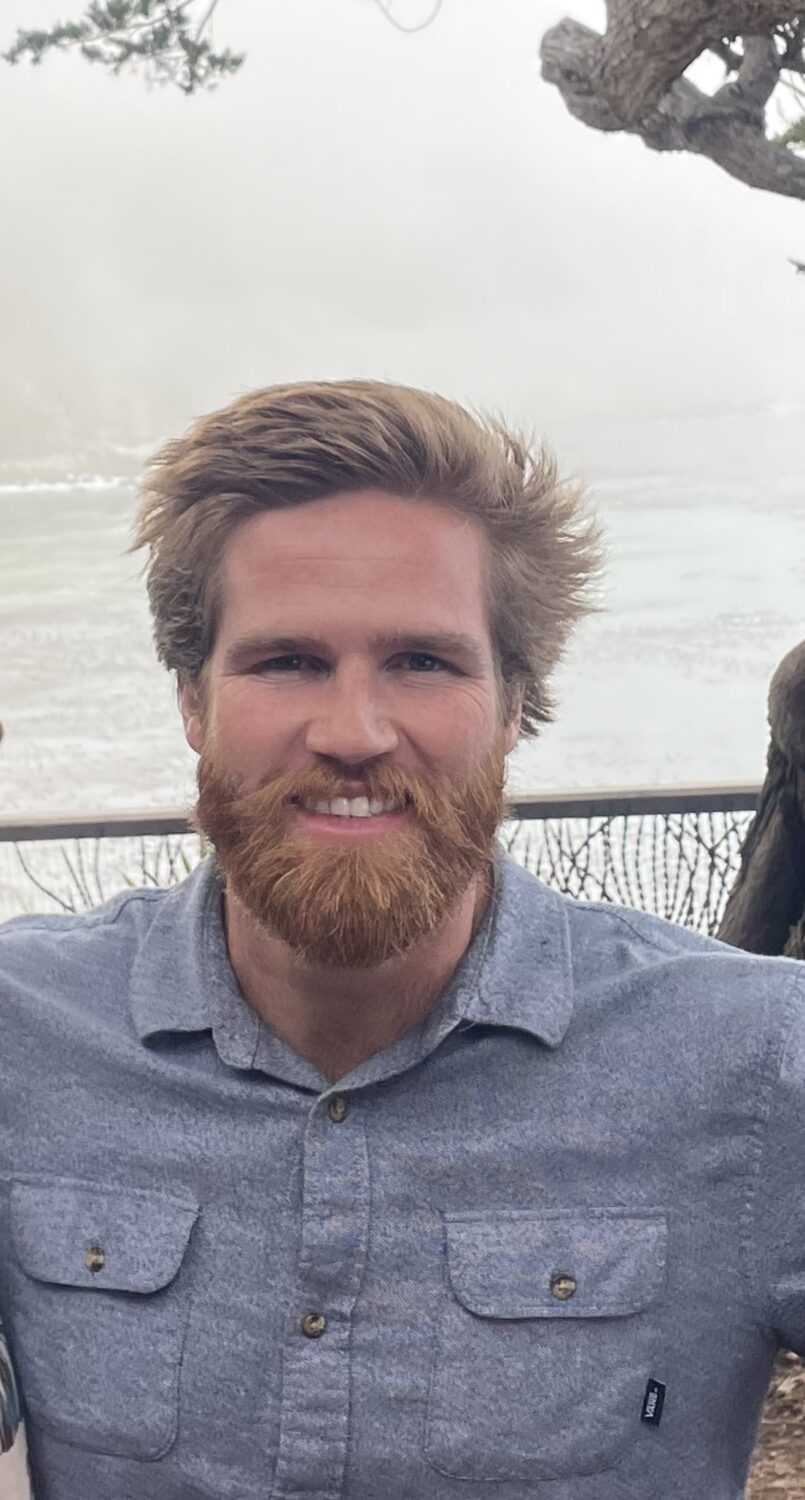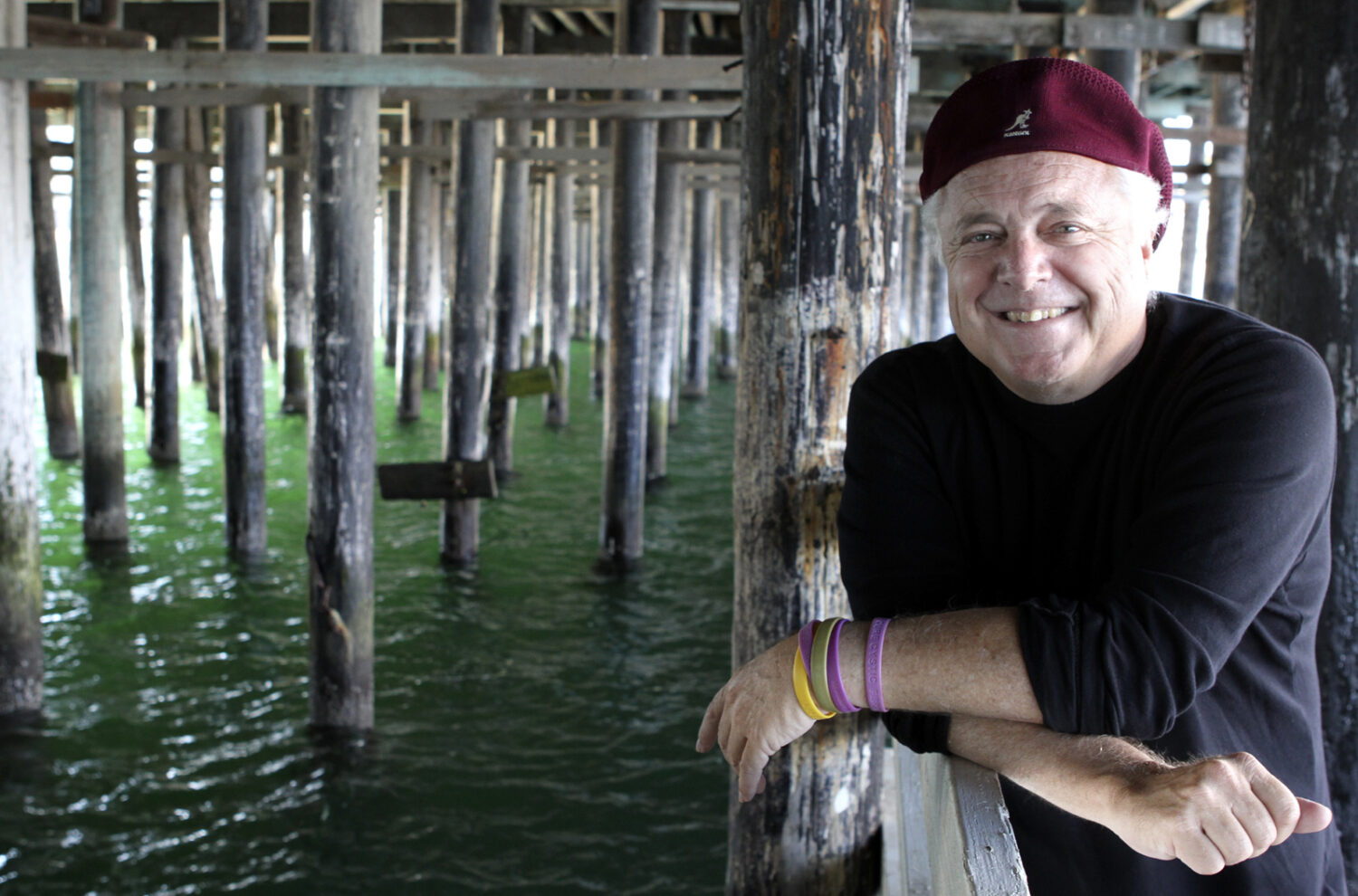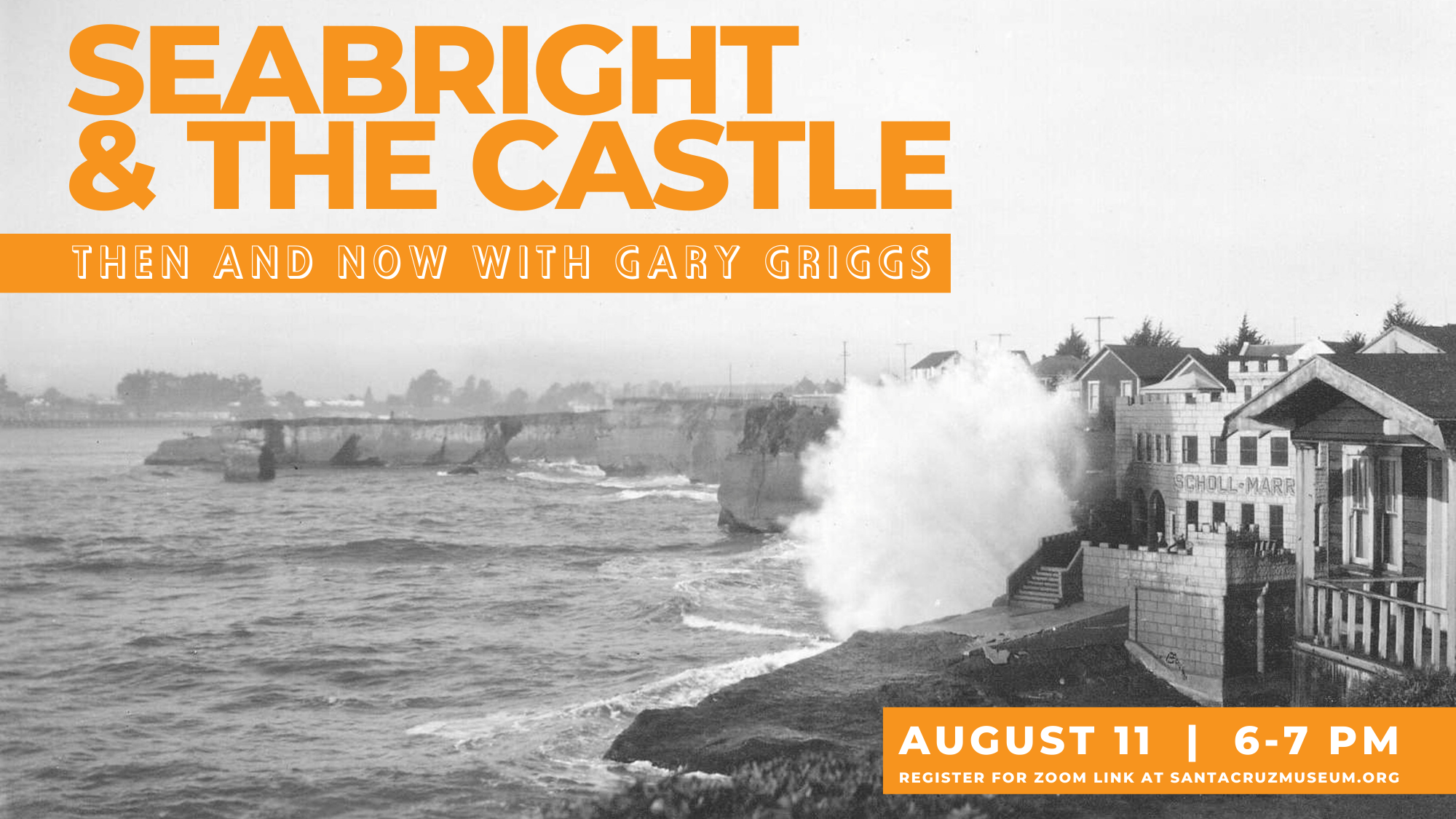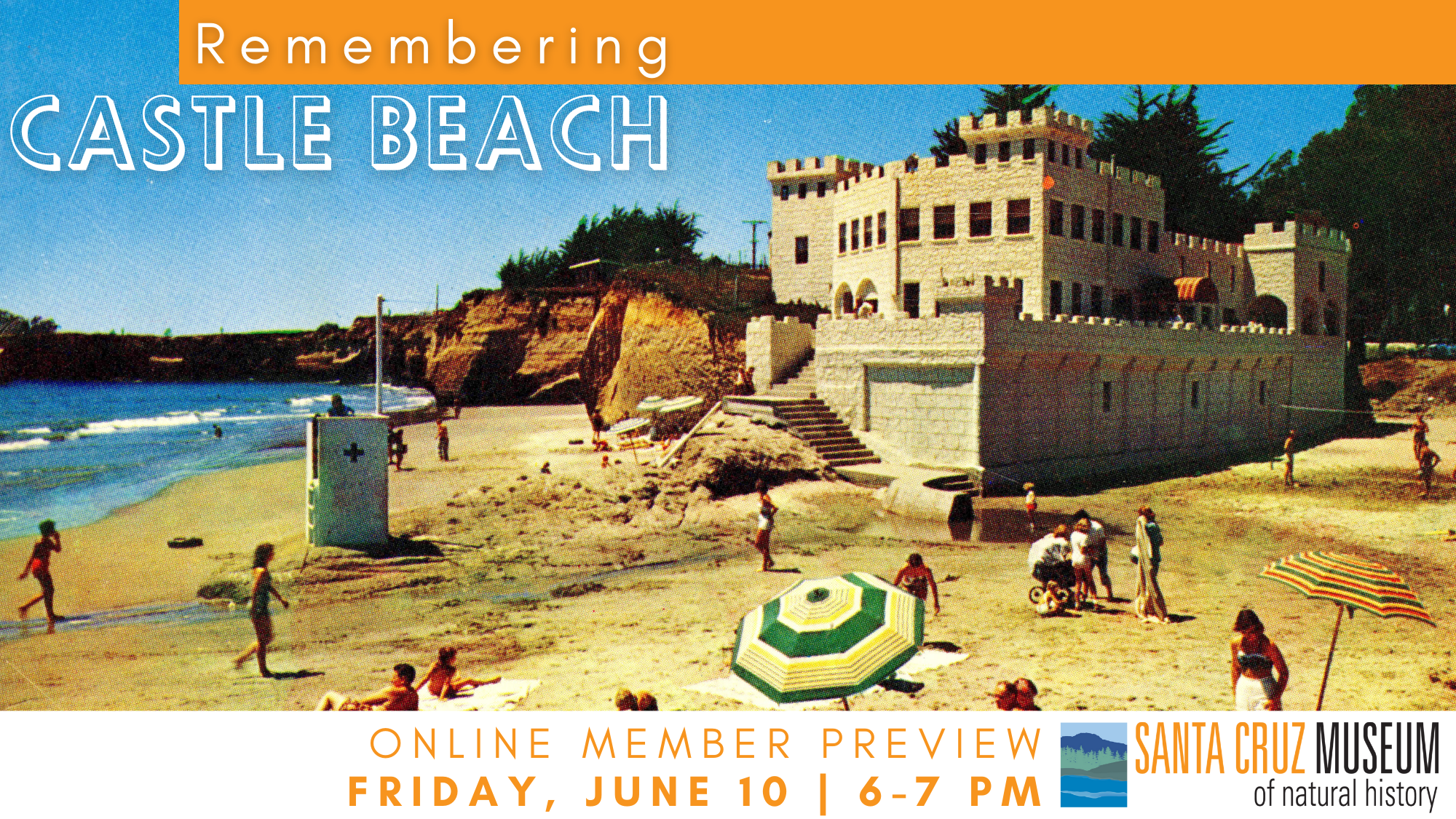Nature journaling can help us view the natural world with new perspectives, learn about our surroundings, and see the extraordinary in the ordinary.
During Nature Journal Studio sessions at the Museum, Melinda Nakagawa will guide you through a topic as we practice skills in a group setting and share our learning with others. We will develop observation skills and awareness of nature, improve sketching skills, and practice strategies to bring the 3-dimensional world onto the page. Rather than an art class, nature journaling is about observation, curiosity, wonder, and honing these abilities.
Wednesday, January 10, 2024
6:30-8 p.m.
Location: Santa Cruz Museum of Natural History
Free with Admission*
*Free for Members and Youth under 18 | $4 General | $2 Students and Seniors
Email events@santacruzmuseum.org with any questions, accommodation requests, or if you have trouble registering.
Accessibility and COVID protocol
- All experience levels are welcome. Youth under the age of 14 must be accompanied by an adult.
- It is likely that the programs will take place inside the Museum, but sometimes sessions are held outside (details in confirmation email).
- Follow the latest guidelines for covid safety.
- Basic materials are provided, but feel free to bring your favorite nature journal tools.
- Please leave your pets at home. Trained service animals are permitted.
- Review more details on our Accessibility page.
About Melinda Nakagawa
Melinda Nakagawa is a biologist, naturalist, and educator with a passion and skill for connecting people to nature. She founded Spark in Nature to guide participants to cultivate a deeper relationship with the natural world, slowing down to nature’s pace and seeing rather than just looking at the world.
With an approach that bridges nature, art, and heart, she welcomes all people regardless of their skill level or background. Through her gentle guidance, hundreds of participants have awakened their spark of curiosity, sense of wonder, and connection to the natural world.
Melinda has partnered with local institutions such as the world-renowned Monterey Bay Aquarium and Pacific Grove Museum of Natural History to lead educator trainings on nature journaling. She leads the Monterey Bay Nature Journal Club’s free online Sunday sessions.
She has an M.S. degree in Marine Science, and has also worked as a naturalist guide, floral designer, and wildlife rehabilitator. For the past two decades Melinda has kept nature journals and continues to learn more from nature with each journal she fills.
Nature journal examples by Melinda Nakagawa.

